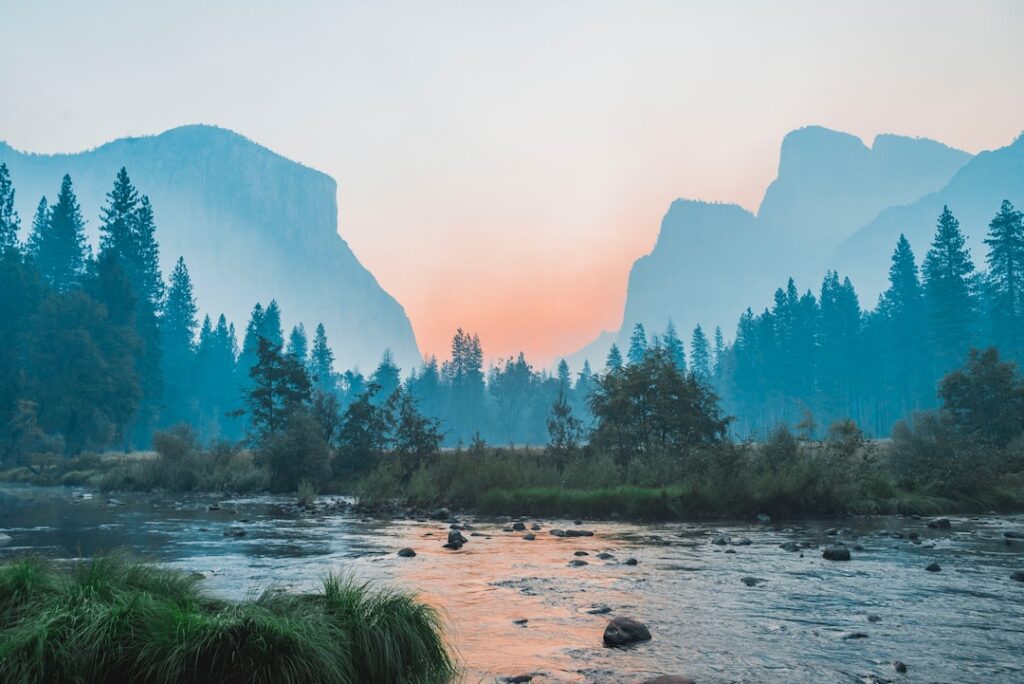Mastering the Art of Watercolor Landscapes
Watercolor painting is a beautiful and versatile medium that allows artists to create stunning landscapes with its unique transparency and fluidity. Whether you’re an experienced artist or a beginner, painting watercolor landscapes can be a fulfilling and enjoyable creative outlet. In this blog post, we’ll explore the art of watercolor landscapes, from its surprising statistics and benefits to practical tips and techniques for creating your own masterpiece.
The Art of Watercolor Landscapes
Watercolor painting has been a popular art form for centuries, with its origins traced back to ancient civilizations. Today, it continues to captivate artists and art enthusiasts around the world with its vibrant colors and expressive qualities. Surprisingly, watercolor landscapes account for 60% of all watercolor paintings, showcasing the enduring appeal of capturing nature’s beauty on paper.
Benefits of Painting Watercolor Landscapes
Engaging in watercolor landscape painting offers a myriad of benefits beyond the joy of creating art. Studies have shown that engaging in art can reduce stress and anxiety, improve cognitive function, and enhance overall well-being. Additionally, painting landscapes provides an opportunity to connect with nature, observe the world more closely, and develop a deeper appreciation for the environment.
Getting Started with Watercolor Landscapes
Whether you’re a novice or experienced painter, diving into the world of watercolor landscapes can be both exciting and rewarding. Here’s how you can get started:
Gathering Supplies
To begin your watercolor landscape journey, you’ll need a few essential supplies:
– Watercolor paints
– Watercolor paper
– Brushes of various sizes
– Palette
– Water container
– Pencil and eraser
– Masking fluid (optional)
Choosing Your Subject
When selecting a landscape to paint, consider choosing a scene that inspires you. It could be a serene countryside, a majestic mountain range, a tranquil waterfront, or a bustling cityscape. Look for interesting compositions and captivating elements that resonate with you.
Understanding Techniques
Watercolor painting involves unique techniques such as wet-on-wet, wet-on-dry, and dry brushing. Experiment with these techniques to create different textures, gradients, and effects in your landscapes. Embrace the fluid nature of watercolors and allow yourself to explore and play with the medium.
Applying Watercolor Landscapes to Daily Life
Integrating watercolor landscapes into your daily life can be a delightful and therapeutic practice. Here’s how you can incorporate it into your routine:
Find Inspiration in Nature
Take regular walks or hikes in nature to observe and capture the beauty of landscapes firsthand. Bring a sketchbook and watercolor set with you to paint en plein air for a plein air experience.
Create a Relaxing Ritual
Set aside dedicated time each week to paint watercolor landscapes as a form of self-care and relaxation. Whether it’s a peaceful evening at home or a lazy Sunday morning, immersing yourself in the creative process can be incredibly rejuvenating.
Share Your Art
Consider sharing your watercolor landscapes with friends, family, or even on social media. Not only does it allow you to showcase your work, but it also connects you with a community of fellow artists and art enthusiasts who share your passion.
In Summary
Watercolor landscapes offer a wonderful way to express your creativity, connect with nature, and cultivate a sense of mindfulness. Whether you’re seeking a new hobby or looking to enrich your artistic pursuits, exploring the world of watercolor painting can be a fulfilling and enriching endeavor. So, gather your supplies, find your inspiration, and embark on a journey of painting breathtaking landscapes with the magical medium of watercolors.












